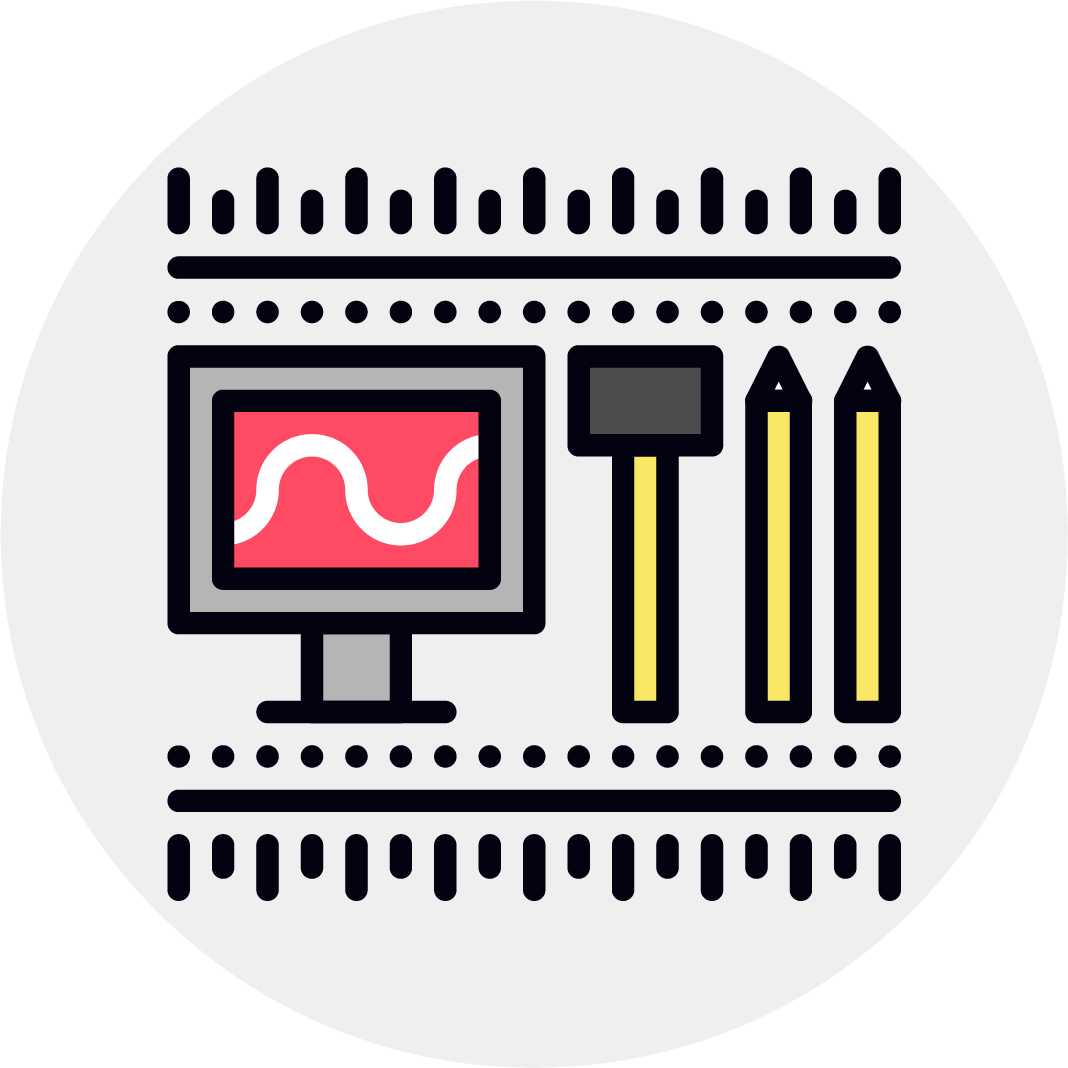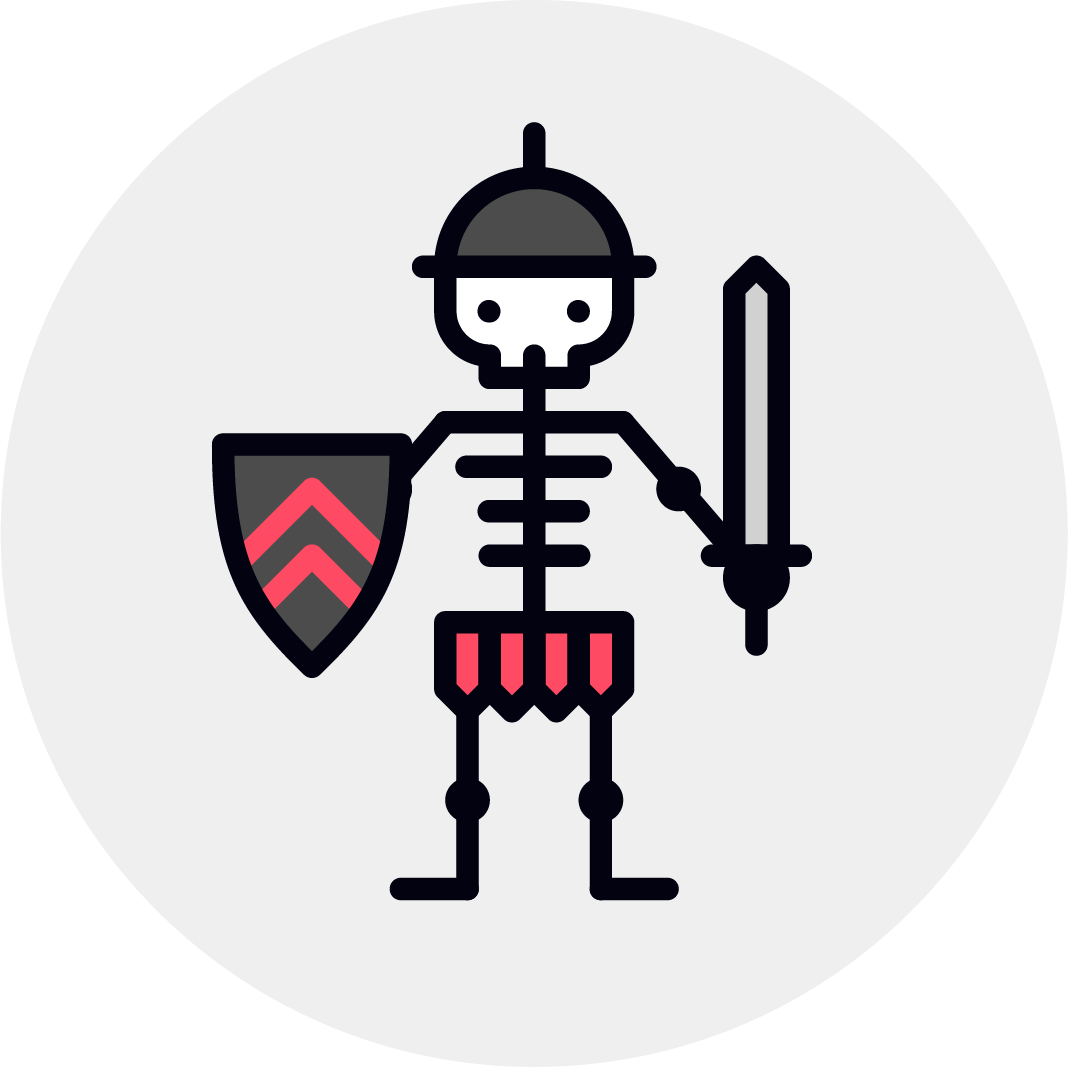May 2, 2019
Python Programming Basics: Print, Variables, Comments and Strings
Python Comments
# Comments tell a computer to ignore a part of the program. The code or comments will not run by the computer: these are called code comments. Python interprets anything after the # symbol as a comment.
# This is a python comment
Python Print
Python print function lets you tell the computer what to say. Make sure that you message you want to display is surrounded by quotes, otherwise it will through a SyntaxError.
# In Python you can output a string of text by using double-quotes "" or '' single-quotes. Just remember that the quotes have to be the same for each string, if not it will throw a SyntaxError
#Bad - print("bad') - will throw SyntaxError because of mismatched statement quotes
#Good - print("good") or ('good')
# We are going to output something. In python this is done by using print
print ("Howdy Earthlings")
Python Variables
#Variables let you reuse code by storage data to be easily changed and reused.
#Assigning variables is done by using the equals sign =
#Python variables can't have spaces or symbols in their names, though you can use underscores _ . They also can't start with number, you can use numbers in the variables, but just not as the first character.
#Good - my_awesome_666varible
#Bad - 666_my_aweomsevariable
#message_string is our variable
message_string = "Howdy Earthlings"
# Prints "Howdy Earthlings"
print(message_string)
Python Strings
# Programming often calls a character text block as strings.
# In Python you can output a string of text by using double-quotes "" or '' single-quotes. Just remember that the quotes have to be the same for each string, if not it will throw a SyntaxError
# In the code below the string is Amie, because it is in the quotes block 'Amie'
print('Amie')
print("Amie")

Things Used in This Tutorial

Software
Either will work.
- Visual Studio Code - (computer base - need software installed on computer)
- Repl.it (browser base - no download)

Machines and Tools Used in This Tutorial

Character

Fandom



